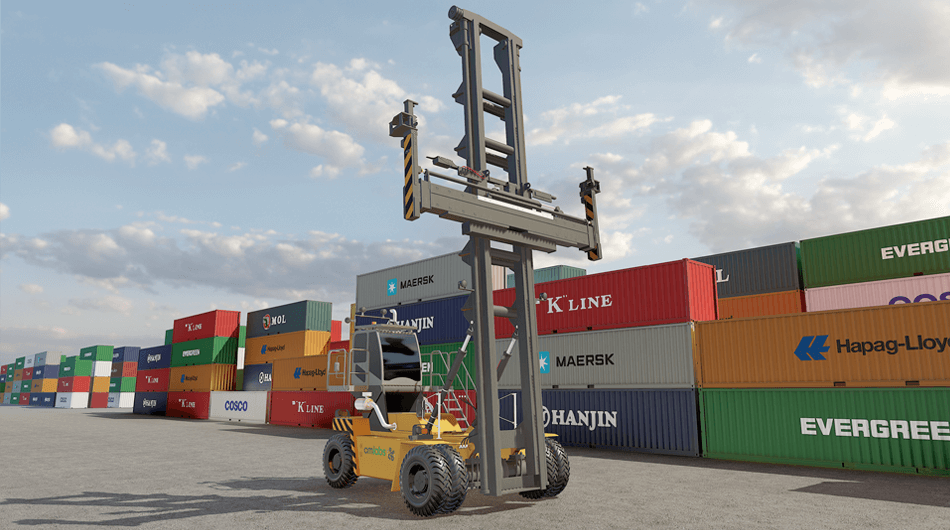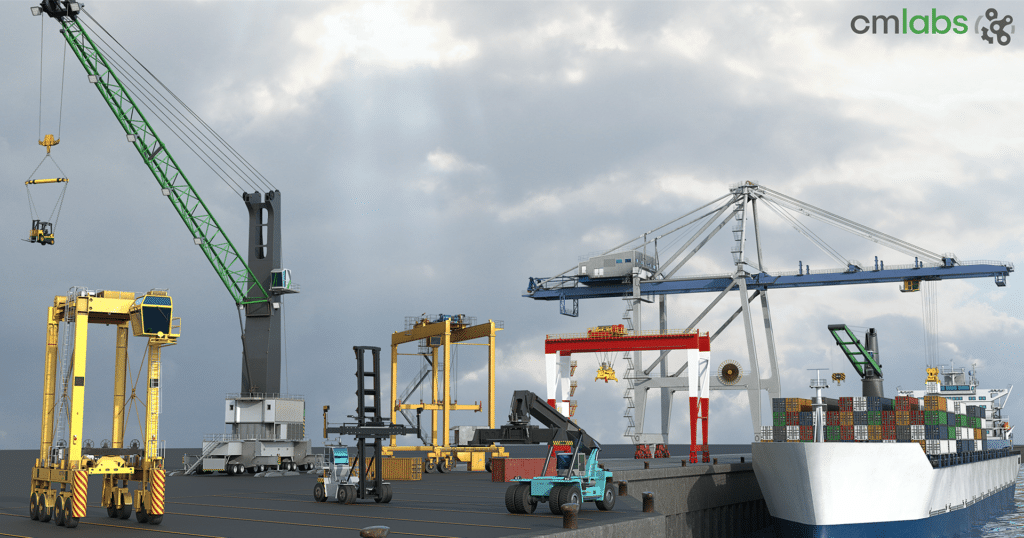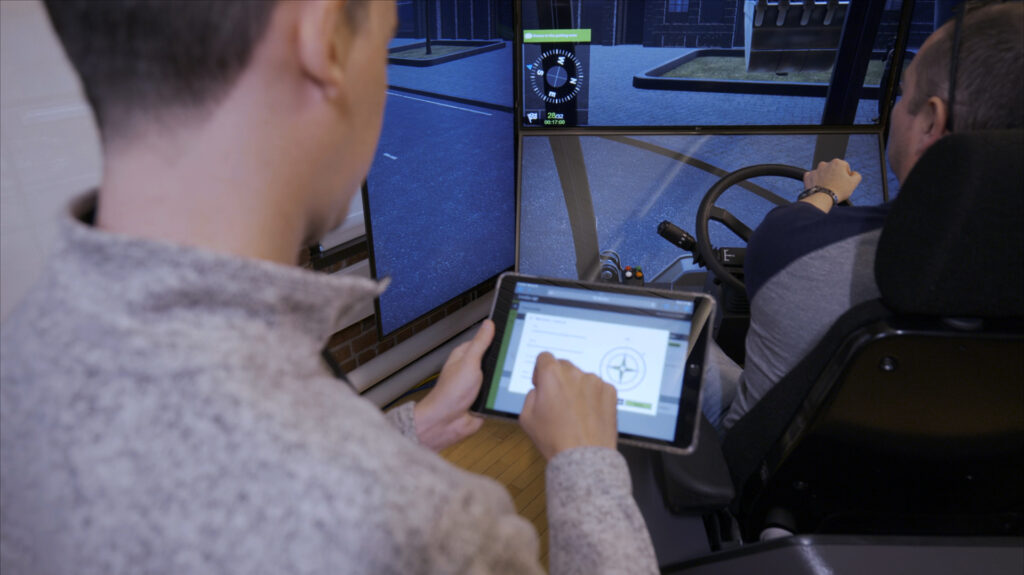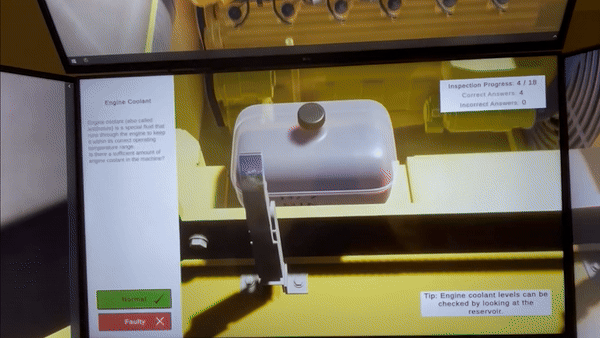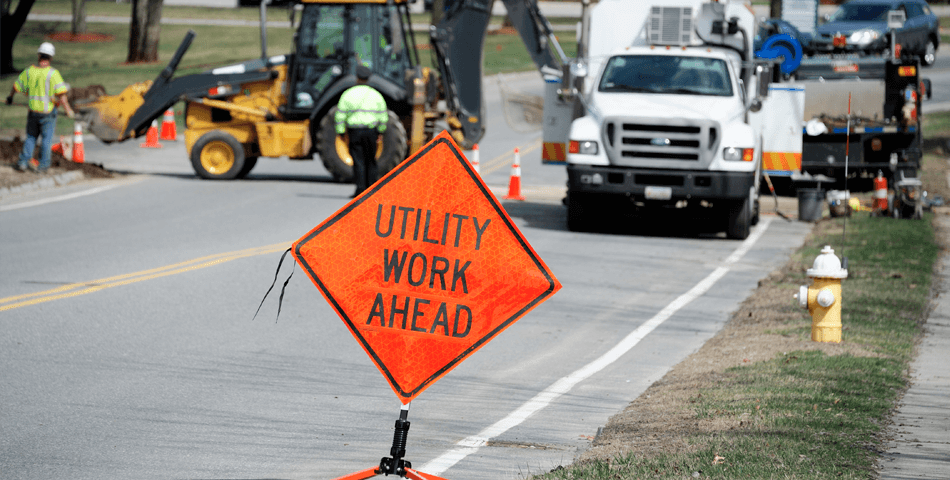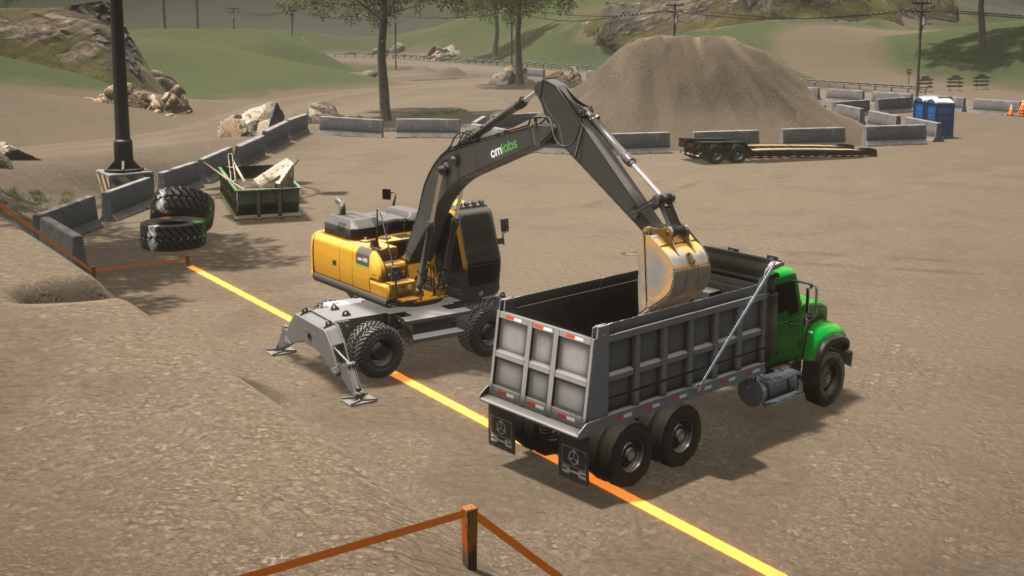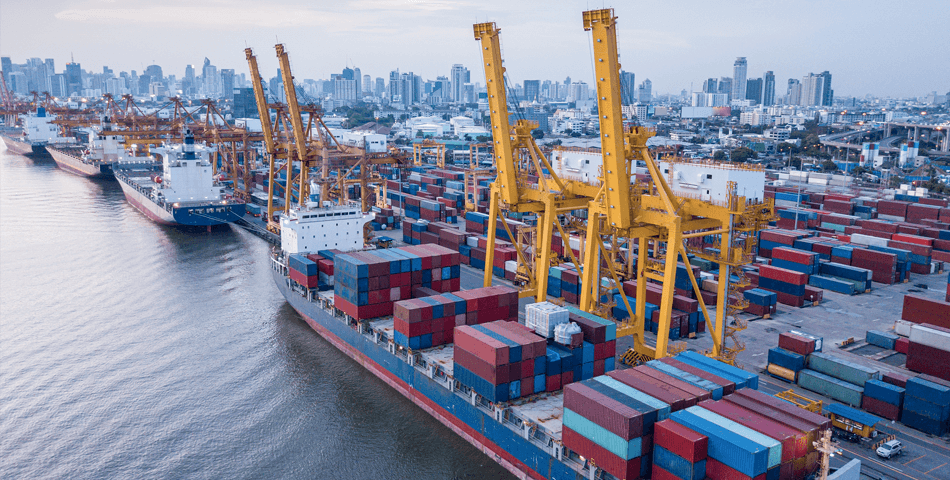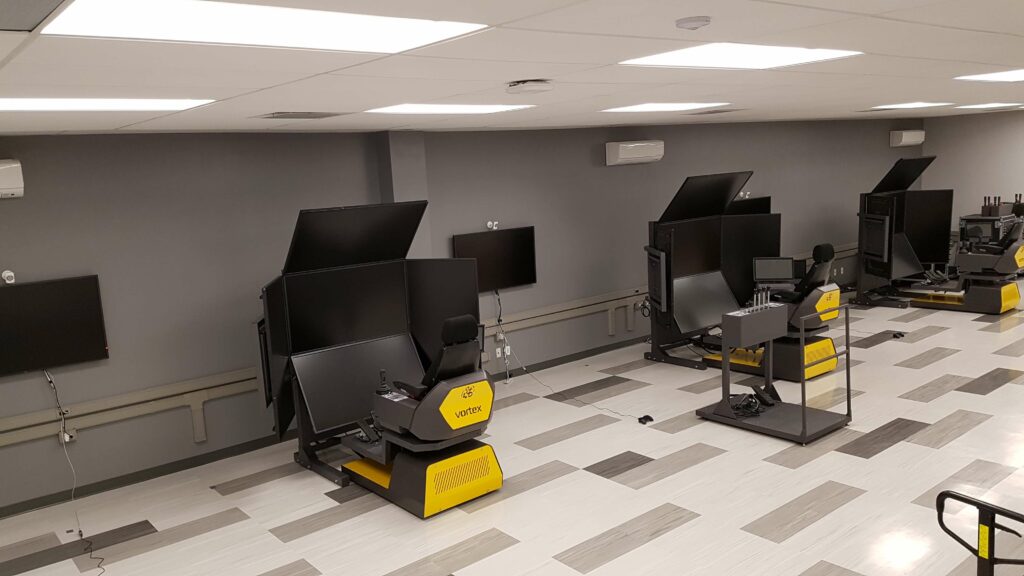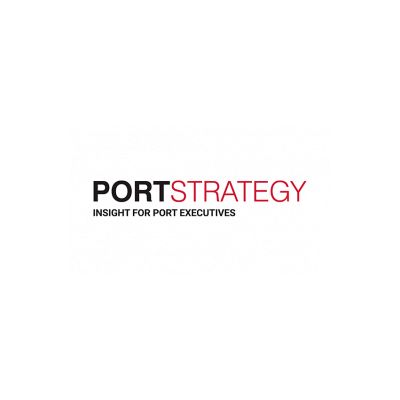Vortex Studio Advances Turbine Installation in Challenging Seas
Success Story Summary
Business Goals
Solution
Why Vortex Studio
Benefits

Expected Results
Dutch engineering start-up, Seaqualize, leverages Vortex Studio to conduct virtual prototyping and proof-of-concept testing for offshore lifting stabilization tool.
The wind blows steadier at sea than on land, creating more reliable energy conditions for the generation of renewable energy—a major opportunity to combat climate change without disrupting the lives of those people it will benefit the most.
While offshore wind turbines are effective sources of energy, the sheer scale of these massive structures presents significant engineering and installation challenges.
Offshore installation is generally performed by jack-up vessels, which stabilize themselves via extendable legs. However, their use is restricted to shallower water, and the process is time-consuming, slowing installation project schedules.
The alternative, using floating crane-ships for lift operations poses new challenges, including longer lift-times and precision positioning at up to 100- to 200-meter tower heights. With sensitive gearboxes, generators, controllers, and other components pre-installed in turbines, unexpected movements put delicate pieces of instrumentation—not to mention the structure itself—at constant risk of damage.
If output expectations for offshore energy are to be realized, turbine deployment must become more reliable, safe, and cost-efficient.
Balanced Stabilizing Technology
Based in the Netherlands, Seaqualize is a technology start-up with big ideas as to how work can be done safely and efficiently. As such, this innovative organization developed a patented stabilization tool that neutralizes crane and load instability during lifts.
Initially developed and deployed for materials handling—such as industrial carrousels in factories—the technology performed incredibly well in these smaller-scale applications.
At about the same time, the Dutch Ministry of Economic Affairs started looking into solutions to support the rapid growth of the offshore wind energy industry.
“It became clear that there was an opportunity to help with heavy loads in fiercely dynamic conditions,” explained founder & CEO of Seaqualize, Edouard Schinkel. “Our technology was perfect for the complex and unpredictable challenges of open ocean stabilization.”
In theory, vessels and cranes could be adapted with Seaqualize’s “balanced heave compensation” technology to allow loads to remain relatively stationary during a lift, even with vessel movement.
Uncharted Waters
While smaller land-based equipment applications were one thing; how would the device operate in harsh open-sea conditions?
Seaqualize began looking to test their hypotheses virtually with simulation. Beginning with MATLAB-based simulations of the crane, the team soon realized that while this software allowed individual components to be modelled, a more complete, systems-level representation was needed to answer critical questions before moving to physical prototypes.
Additionally, Seaqualize engineers struggled to find a software application that could validate their complex calculations. A need to model sophisticated cranes—including hoisting cables, loads and rigging, vessel movement, and the dynamic offshore worksite—sent Schinkel searching for a solution that included these features out of the box.
“I found simulation tools used for offshore engineering, some which had great hydrodynamics, but minimal mechanical capabilities,” explained Schinkel. “Ship movements were okay, but a complete system simulation was not possible. Also, connecting these tools with MATLAB was particularly difficult.”
On the other hand, standard mechanical engineering software didn’t offer much in terms of hydrodynamics or dynamic environments, making it difficult to account for the variables essential to the project
Eventually, the search led to Vortex® Studio, and Schinkel immediately recognized the value that the software could bring to mechanical engineering and maritime applications.
“I read about Allseas—a company specializing in offshore pipelaying, heavy lift, and subsea installation—training the crew of their pipelay vessel with a simulation developed in Vortex Studio. I also saw port crane simulators with incredible cable dynamics and materials handling capabilities.”
”CM Labs’ software provided a quick, comprehensive visual representation for project validation. These points, along with the built-in connectivity between Vortex Studio and MATLAB, drove my interest and eventually my decision to purchase.”
Concepts Meet Real-world
Although physical prototype construction and testing of the stabilization system remained several months out, Vortex Studio allowed Seaqualize to immediately investigate questions regarding the tool’s effect on crane-ship performance.
To quantify the hydrodynamic aspects and the balanced heave compensation system’s effect on the crane, a complete virtual prototype was built in Vortex Studio.
“I come from the old code-based-simulation world where things are tricky, and you hope that you can render the next second,” concluded Schinkel. “It’s never a problem with Vortex Studio. It just works.”
“Vortex Studio let us tie all aspects together through simulation.”
Working with the robust, multibody dynamics engine in Vortex Studio also brought some overlooked design issues to light.
Understanding the interactions between the crane and its 200-ton load was vital for uncovering a situation where uncontrolled vibration may have damaged the crane or the ship itself. Left undetected, an issue like this could have proven catastrophic in downstream stages of development, but Seaqualize was able to solve the problem with some minimal design changes and load re-balancing—all verified in the Vortex Studio.
“It was easy in Vortex Studio. The software’s worksite-wide, system-level view of the operations lets you to do anything, see everything, and understand the full effects.”
“Running these simulations in the software, rather than constructing and testing physical prototypes, let us test multiple design alternatives and real-world scenarios quickly,” noted Schinkel.
Astonishing Training Experience
Although the software was simple enough to learn and use; Schinkel opted to accelerate his project further and sent a member of his team to a hands-on Vortex Studio training session, to increase the user’s capabilities and productivity.
Vortex Studio’s training sessions are focused courses that provide a human-to-human educational experience, building skilled users quickly. As a result, even small companies, like Seaqualize, can match the engineering and simulation capabilities of much larger organizations.
“Increasing our pace of innovation keeps a start-up like ours competitive,” Schinkel observed. “Our simulation engineer quickly learned advanced functions. I’m impressed by the difference a week of training made—the number of product iterations and improvements we are now able to make in a short timeframe is nothing short of astonishing.”
Ready to Deploy
By 2020, Seaqualize intends on deploying the first stabilization system for field-testing. This is the first step toward large-scale deployment.
Equipped with Vortex Studio, Seaqualize is working to enable renewable energy expansion into previously unattainable areas. With less risk of damage during the installation process, wind farms should become operational and profitable faster than ever.
“By using simulation as part of our projects, I feel like a pioneer, both here in the Netherlands and across the offshore industry,” concluded Schinkel. “We put trust in the software, and that is being validated time and time again.”
